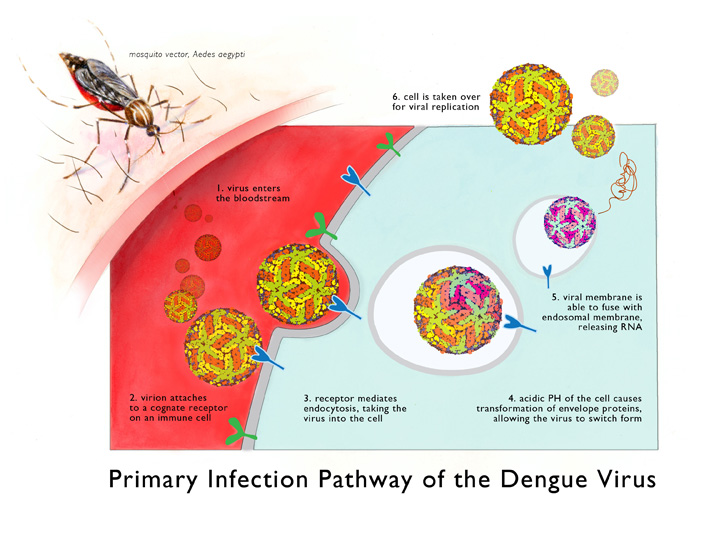What am I Doing?
Hello my name is Armando Cancino. I am a senior from Basis Phoenix who wants to share to you what my senior project is all about. In my senior project, I am researching how bio engineered plants, Nicotiana benthamiana, can produce alternate antibodies that can be used to combat the dengue virus. These transgenic plants act like "test reservoirs," where I am able to genetically engineer these plants to produce different variants of antibodies. Normally, I don't know if everyone knows this but plants don't produce antibodies so by changing the test subject's genetic structure I will be able to convince the plants to produce antibodies.
The reason why I am doing this project is to understand how researchers and epidemiologists work in their every day career. I want to also receive experience working in a laboratory environment, because then I will be able to determine whether this field is the right one for me. Epidemiology is a very intriguing science, because like biology it is a combination of multiple sciences. There is no way for this science to be enclosed in one area of study, because this science works with other sciences such as biotechnology to fulfill its goals. For instance, in my project I want to understand how antibodies can be expressed from the plants machinery, which the genetic coding for the antibodies come from tobacco-mosaic virus, to prevent the dengue virus from replicating. I understand that one way antibodies prevent a pathogen from reproducing is through the process opsonization, which is the ability for multiple antibodies to bind to the receptors of the pathogen causing it to not be able to bind to other target cells. By this intuition I plan to find a way for these antibodies to be able to attach to dengue virions in mammalian cells, so that hopefully in the future people all over the world won't be harmed from the dengue virus. Hopefully my research will work out. Wish me luck!

The reason why I am doing this project is to understand how researchers and epidemiologists work in their every day career. I want to also receive experience working in a laboratory environment, because then I will be able to determine whether this field is the right one for me. Epidemiology is a very intriguing science, because like biology it is a combination of multiple sciences. There is no way for this science to be enclosed in one area of study, because this science works with other sciences such as biotechnology to fulfill its goals. For instance, in my project I want to understand how antibodies can be expressed from the plants machinery, which the genetic coding for the antibodies come from tobacco-mosaic virus, to prevent the dengue virus from replicating. I understand that one way antibodies prevent a pathogen from reproducing is through the process opsonization, which is the ability for multiple antibodies to bind to the receptors of the pathogen causing it to not be able to bind to other target cells. By this intuition I plan to find a way for these antibodies to be able to attach to dengue virions in mammalian cells, so that hopefully in the future people all over the world won't be harmed from the dengue virus. Hopefully my research will work out. Wish me luck!

This is the dengue virus



